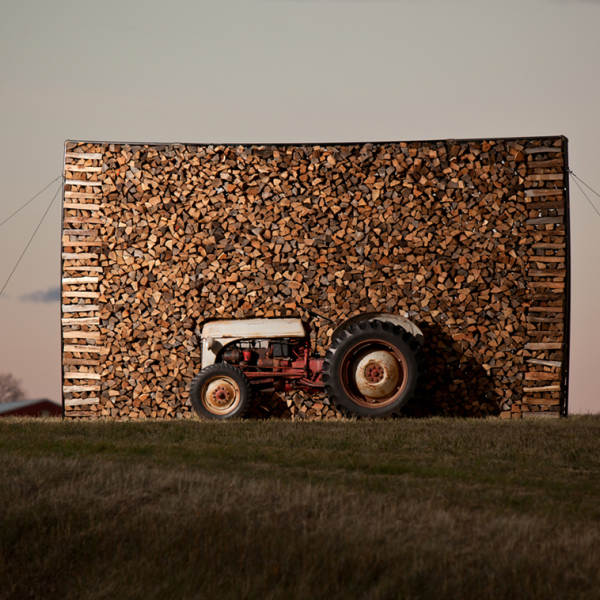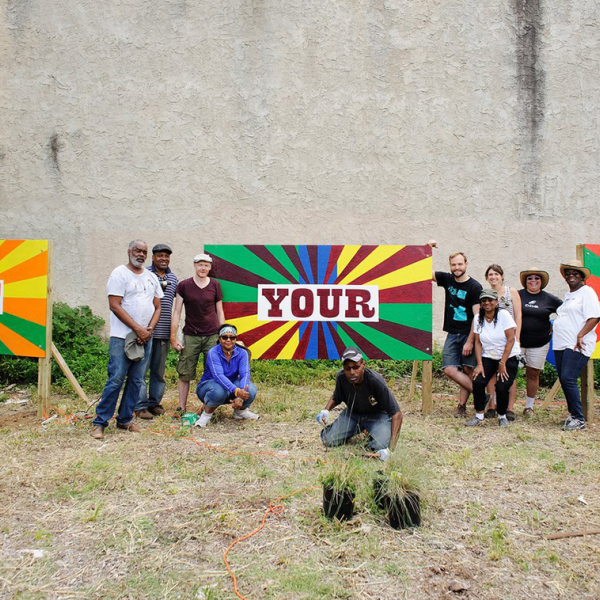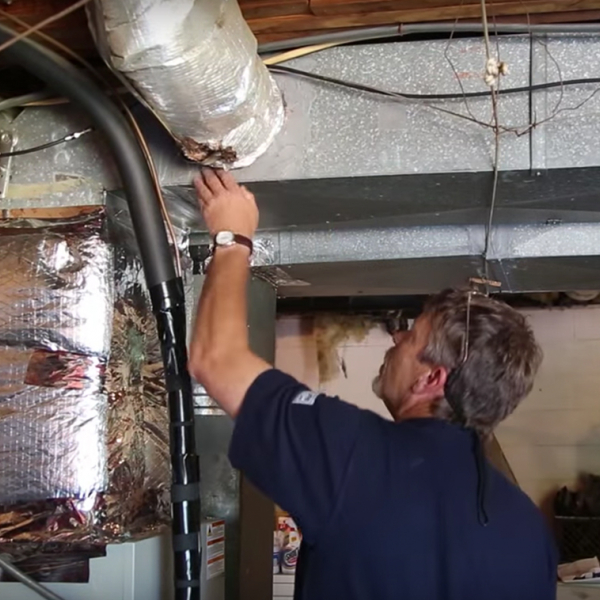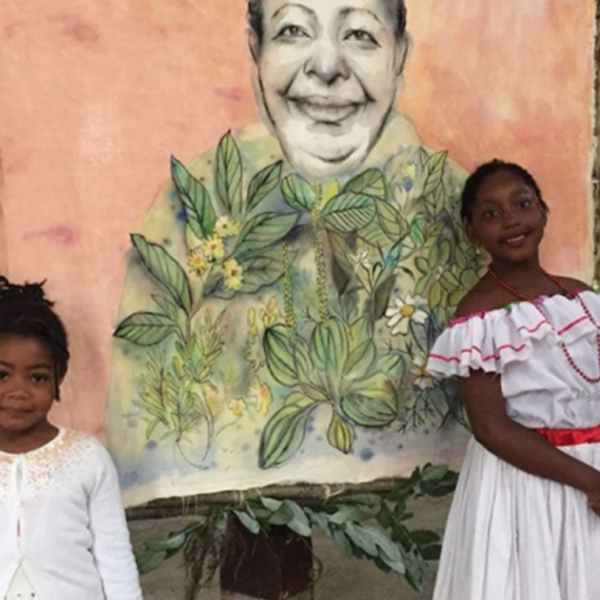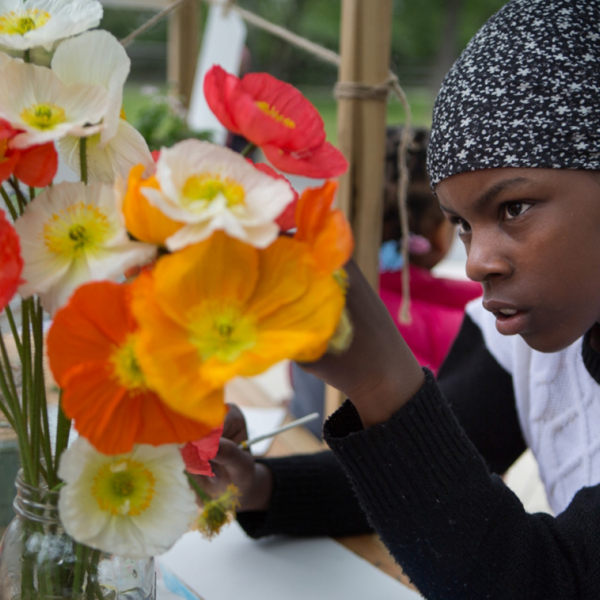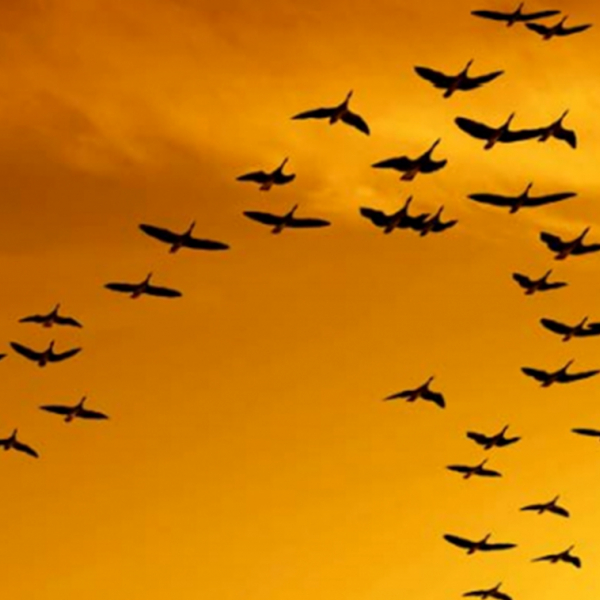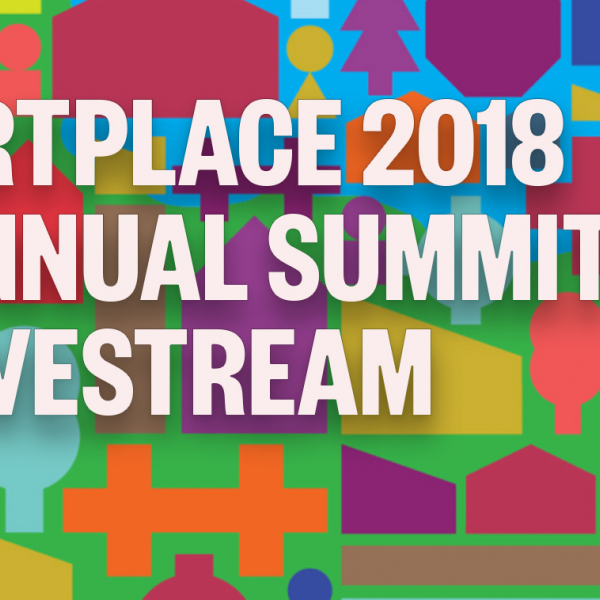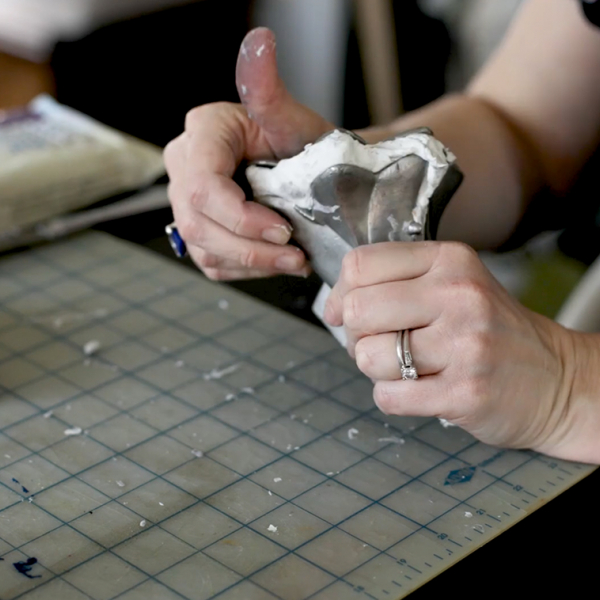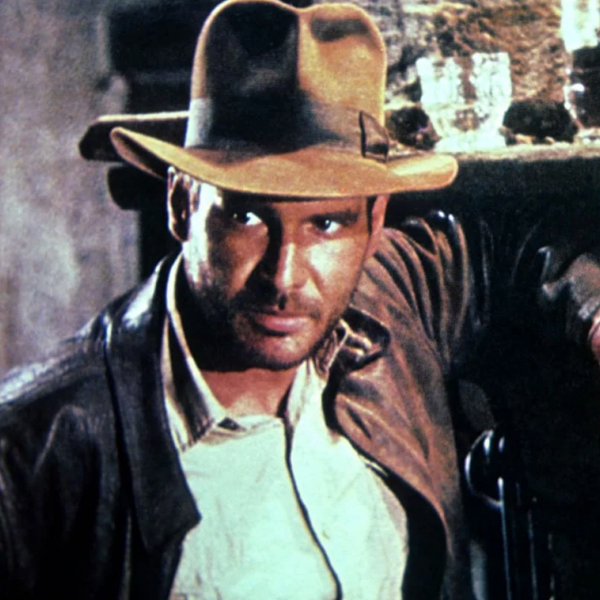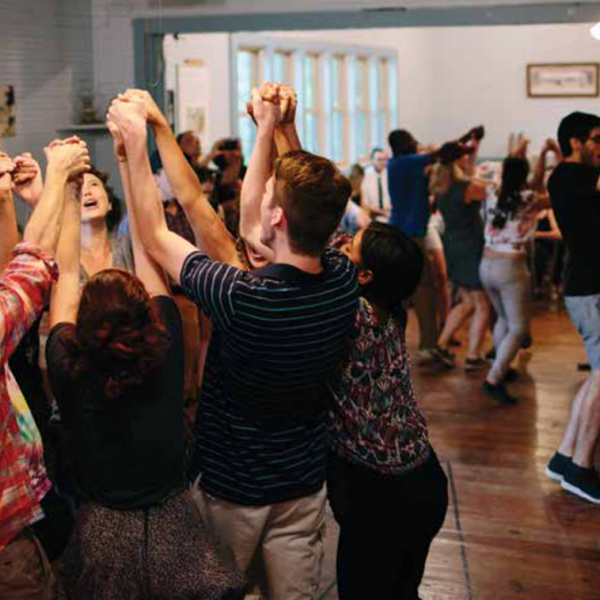Every place is home to a mix of assets and challenges. Much of rural America is blessed with close-knit communities, long-held traditions, and historic architecture, but shrinking employment opportunities, small tax bases, and unbalanced development can threaten residents’ quality of life. No two communities’ recipes for success are the same, but all have the potential to leverage arts and culture to help maximize their assets and meet their challenges. Unfortunately, the expertise and assistance to do so are often concentrated in urban locales, leaving rural areas at a disadvantage.
06.06.18
NEA Our Town Grant Application Guidelines are now posted! Matching grants for creative placemaking projects range from $25,000 to $200,000. The application deadline is August 9, 2018 for projects that start on or after July 1, 2019. Our Town is the National Endowment for the Arts’ creative placemaking grants program. These grants support projects that integrate arts, culture, and design activities into efforts that strengthen communities by advancing local economic, physical, and/or social outcomes. Successful Our Town projects ultimately lay the groundwork for systemic changes that sustain the integration of arts, culture, and design into strategies for strengthening communities.
29.05.18
How could an electric power company help its community feel more connected and more grounded—beyond the obvious ways? The Tennessee-based Electric Power Board of Chattanooga (EPB) is one of the country’s largest publicly owned power providers. In recent years, they’ve become known as an early supplier of gigabit-speed internet, and a partner in the city’s first community solar project. What drives big moves like these? “We’re really lucky in that we’re a public entity with a public service mission: to increase quality of life for the people we serve,” says Elizabeth Hammitt, EPB’s Director of Environmental Stewardship & Community.
22.05.18
American Arts Incubator (AAI) is an international creative exchange program developed in partnership with the U.S. Department of State’s Bureau of Educational and Cultural Affairs and administered by ZERO1. Beatrice Glow, one of their exchange artists, spent a month in Otavalo, Ecuador leading an American Arts Incubator exchange with a diverse group of community members, including Afro-Ecuadorian and Indigenous populations. The host partner organization was Casa de Artes Yarina that was based in Museo Otavalango. Together they used new media art to tell stories that shift dominant narratives — utilizing art and technology to address social inclusion.
21.05.18
Over the past 7 years, we invested over $100M in supporting artists as allies in equitable community development. We were able to invest $87M in 279 creative placemaking projects in 208 communities of all sizes across the United States. We also invested $18M in six community development organizations, and developed a robust research program, looking at what happens when arts and cultural strategies are deployed towards community planning and development goals.
20.05.18
ArtPlace was set up to further encourage a world in which arts and cultural strategies are used in solving community planning and development challenges. To realize this challenge we believe that a critical mass of organizations and individuals must be aligned and working effectively as a field. That’s why field building is a key component of our work to create this social change. To understand how to focus our field building investments and activities moving forward, we needed a comprehensive and cohesive map of the strengths and weaknesses of our field.
19.05.18
Welcome to the ArtPlace 2018 Annual Summit! We are happy to announce that this year we will be livestreaming all our Summit Plenaries on Facebook Live from Louisville, KY. Once a year, we gather ArtPlace America’s community of colleagues from the field of creative placemaking – projects and organizations we have been able to support, our foundation and government partners, and the researchers, advisors, and colleagues who help shape our work.
17.05.18
This past February, UNC School of Journalism students asked if I would be willing to be part of an Environmental Journalism class project. I said yes. In fact, I had just scheduled an interview with UNC's General Alumni Association Magazine and perhaps they can work together. I love the result. It really focuses on both the art and the science, over a lot of weighty information about coal ash. I also love the spirit that it captures, including the expression on Wade Brown's face in this opening shot. I always enjoy spending time with Dr. Kunigal Shivakumar and Wade, the scientists at A&T.
15.05.18
Creative Placemaking Summits are always an interesting bird. What will you learn? Will your questions get answered? What are your questions to begin with? After all, many of us are looking for answers to a question we haven’t asked. Something that Anne Koller (League of Creative Interventionists) touched on perfectly in her spoken word poem performed to close the Summit. For many of us, we know arts and culture can bring change. We know this. But that doesn’t mean it’s an easy road. In a way the Creative Placemaking Leadership Summits are a perfect place for us because not only do you get to meet fellow creative placemaking practitioners, but one of the many sessions offered just might be that question and even the answer you are looking for.
10.05.18
In 2015, ArtPlace began a partnership with PolicyLink, a national research and action institute advancing economic and social equity, to lead the research and documentation components of our Community Development Investments (CDI) program. Since then, PolicyLink has worked closely with ArtPlace staff, partners, and participating organizations in the CDI cohort to learn more about what happens when community development organizations incorporate arts and culture into their core work.






